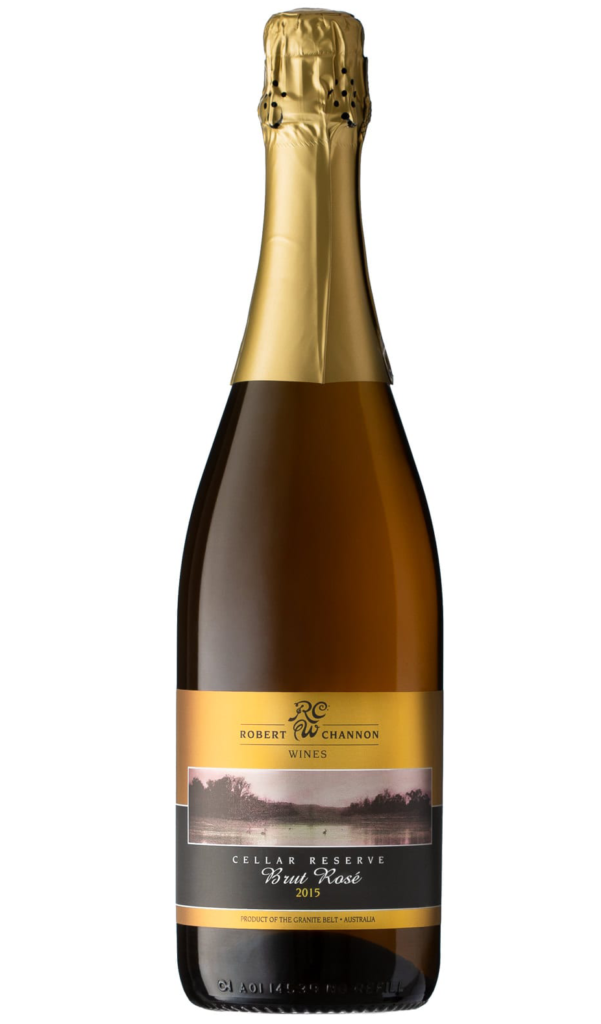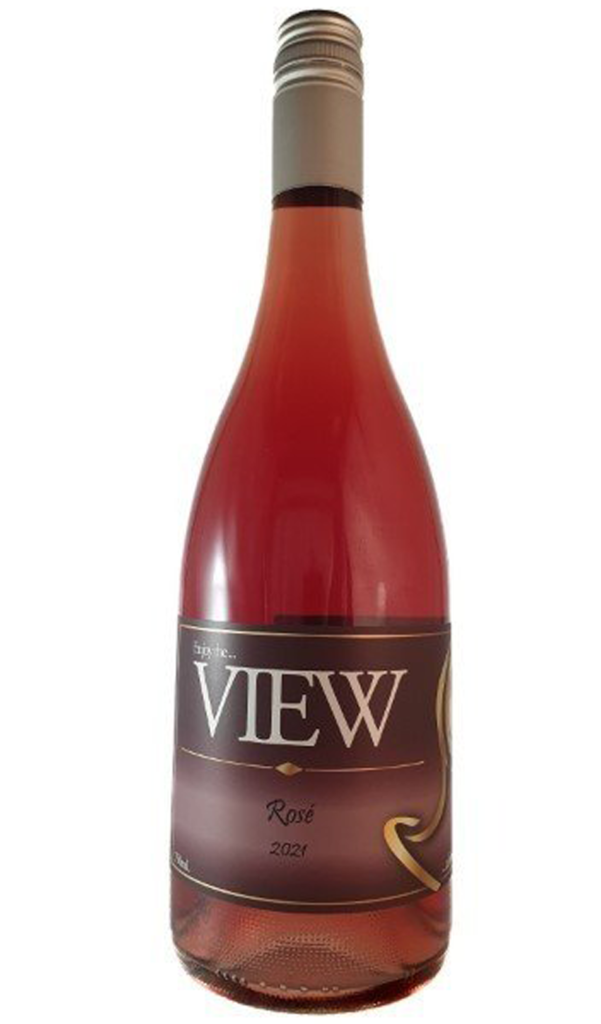International Rosé Day is coming up on June 24! This would have to be one of my favourite ‘wine holidays’ on the calendar. When I hear the word ‘Rosé’…my heart does a little flutter. wine nerd, I fell in love with all things Rosé at the beginning of my wine journey.With so many red wine grape options and different winemaking methods, there truly is a Rosé for everyone and a Rosé for every occasion.
So how is Rosé actually made?
There are four different methods that can be used to make Rosé. It’s really interesting to delve into these methods and understand them a bit more as this can make your Rosé tasting experience even better.
Method 1: Maceration
In this method, the red grapes are left in contact with the juice for a period of time (usually 2-20 hours). The entire batch of juice is then finished into a Rosé wine. This method can produce a very pale salmon-coloured wine or a darker-coloured wine with a richer flavour (depending on how long the grape skins are kept in contact with the juice). Maceration is often used to make Provence rosé.
Method 2: Direct Pressing
This is very similar to the maceration method where the red grapes are pressed right away to remove the skins, leaving just a hint of colour in the juice. This produces a beautiful pale-coloured Rosé wine and is often used to make Australian Rosé.
Method 3: Saignée
Pronounced “San-yay”, this method happens early on in the red winemaking process. During red wine fermentation, some of the juice is taken out and put into a new vat to make a Rosé. The leftover red wine then has more concentrated flavours as a result. This method is often used to make Napa Valley Rosé.
Method 4: Blending
This method is exactly what it sounds like - a small amount of red wine is added to a vat of white wine to make Rosé (usually up to 5%). It can produce a wide range of styles from light to heavier Rosés. Blending is often used in a Champagne rosé but it’s not allowed when making still rosé in the EU.
So which grapes are used to make Rosé?
The exciting answer is…any red wine grape can be used to make Rosé. This is what makes Rosé so interesting and so varied. Usually, wine regions will focus on their dominant grape when making Rosé, for example:
- Provence Rosé is often Grenache-based.
- Tasmanian Rosé is often Pinot Noir based.
- Spanish Rosé is often Tempranillo based.
- Sicilian Rosé is often Nerello Mascalese based.
And where can you find a local Rosé?
If you’re looking for a delicious Queensland Rosé, you are spoilt for choice. Many of our local producers include a Rosé in their range, such as:





….and many more. Head here to find out more about our Queensland Wineries.
So go forth and explore and enjoy the delicious world of Rosé wine! Happy International Rosé Day everyone!

Lauren combines a love of wine with industry-level wine qualifications, and digital marketing and social media expertise. She holds the formal wine qualification WSET Level 3 (Wine) along with business qualifications, including a Master of International Business and a Bachelor of Business (Marketing). Lauren partnered with the Department of Tourism and Queensland Wine Industry Association to deliver a series of Digital Marketing and Social Media workshops to Queensland wineries last year, and during her digital marketing experiences has worked with a range of wine businesses from wineries to wine importers and distributors to wine educators and more.

